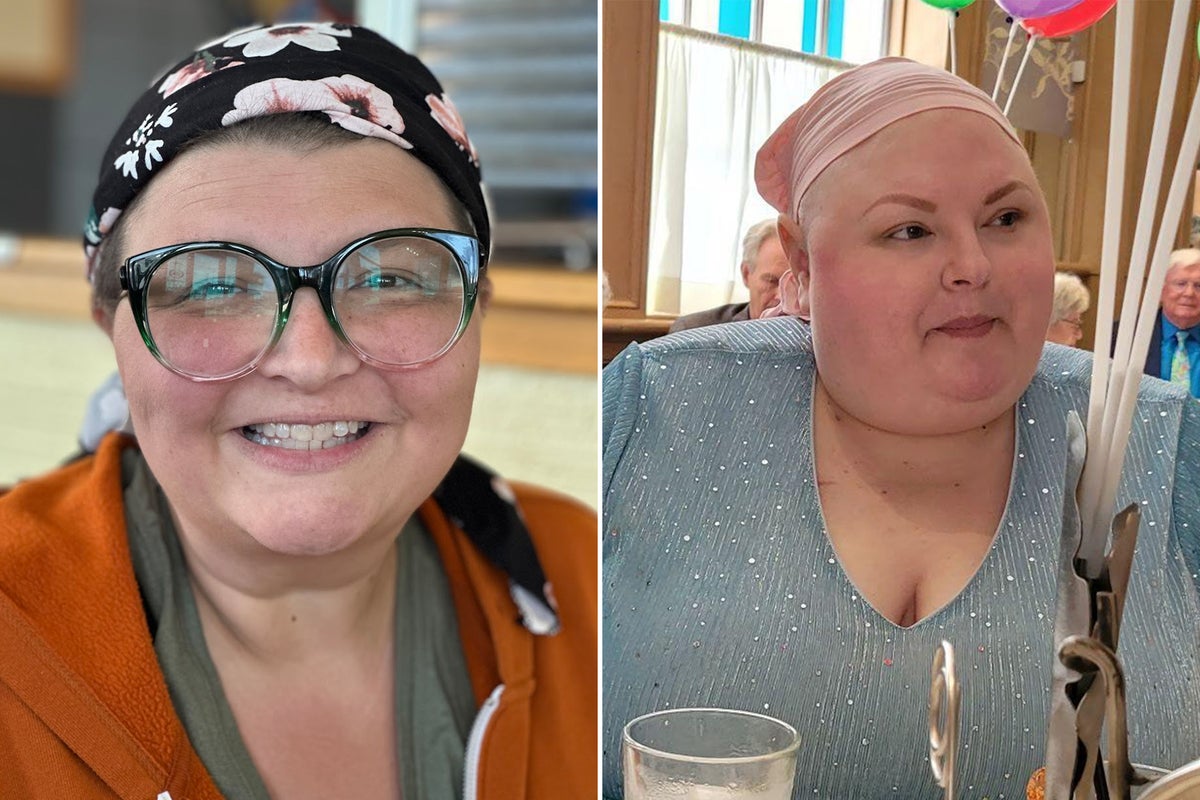This story was originally published by Canary Media and is reproduced here as part of the Climate Desk collaboration.
Restrictions on solar and wind farms are proliferating around the country, with scores of local governments going as far as to forbid large-scale clean-energy developments.
Now, residents of an Ohio county are pushing back on one such ban on renewables—a move that could be a model for other places where clean energy faces severe restrictions.
Ohio has become a hotspot for anti-clean-energy rules. As of this fall, more than three dozen counties in the state have outlawed utility-scale solar in at least one of their townships.
In Richland County, the ban came this summer, when county commissioners voted to bar economically significant solar and wind projects in 11 of the county’s 18 townships. Almost immediately, residents formed a group called the Richland County Citizens for Property Rights and Job Development to try and reverse the stricture.
“To me, it just is bad for the county — the whole county, not just one or two townships.”
By September, they’d notched a crucial first victory, collecting enough signatures to put the issue on the ballot. Next May, when Ohioans head to the polls to vote in primary races, residents of Richland County will weigh in on a referendum that could ultimately reverse the ban. It’s the first time a county’s renewable-energy ban will be on the ballot in Ohio.
From the very beginning, “it was just a whirlwind,” said Christina O’Millian, a leader of the Richland County group. Like most others, she didn’t know a ban was under consideration until shortly before July 17, when the commission voted on it.
“We felt as constituents that we just hadn’t been heard,” O’Millian said. She views renewable energy as a way to attract more economic development to the county while reining in planet-warming greenhouse gas emissions.
Brian McPeek, another of the group’s leaders and a manager for the local chapter of the International Brotherhood of Electrical Workers, sees solar projects as huge job opportunities for the union’s members. “They provide a ton of work, a ton of man-hours.”
Many petition signers “didn’t want the commissioners to make that decision for them,” said Morgan Carroll, a county resident who helped gather signatures. “And there was a lot of respect for farmers having their own property rights” to decide whether to lease their land.
While the Ohio Power Siting Board retains general authority over where electricity generation is built, a 2021 state law known as Senate Bill 52 lets counties ban solar and wind farms in all or part of their territories. Meanwhile, Ohio law prevents local governments from blocking fossil-fuel or nuclear projects.
The Richland County community group is using a process under SB 52 to challenge the renewable-energy ban via referendum. Under that law, the organization had just 30 days from the commissioners’ vote to collect signatures in support of the ballot measure.
All told, more than 4,300 people signed the petition, though after the county Board of Elections rejected hundreds of signatures as invalid, the final count ended up at 3,380—just 60 more than the required threshold of 8 percent of the number of votes in the last governor’s election.
Although the Richland County ban came as a surprise to many, it was months in the making.
In late January, Sharon Township’s zoning committee asked the county to forbid large wind and solar projects there. After discussion at their February 6 meeting, the county commissioners wrote to all 18 townships in Richland to see if their trustees also wanted a ban. A draft fill-in-the-blanks resolution accompanied the letter.
Signed resolutions came back from 11 townships. The commissioners then took up the issue again on July 17. Roughly two dozen residents came to the meeting, and a majority of those who spoke on the proposal were against it. Commissioners deferred to the township trustees.
“The township trustees who were in favor of the prohibition strongly believe that they were representing the wishes of their residents, who are farming communities, who are not fans of seeing potential farmland being taken up for large wind and solar,” Commissioner Tony Vero told Canary Media.
He pointed out that the ban doesn’t cover the seven remaining townships and all municipal areas. “I just thought it was a pretty good compromise,” he said.
The concerns over putting solar panels or wind turbines on potential farmland echo land-use arguments that have long dogged rural clean-energy developments—and which have been elevated into federal policy by the Trump administration this year. Groups linked to the fossil-fuel industry have pushed these arguments in Ohio and beyond.
“It’s a false narrative that they care about prime farmland,” said Bella Bogin, director of programs for Ohio Citizen Action, which helped the Richland County group collect signatures to petition for the referendum. Income from leasing some land for renewable energy can help farmers keep property in their families, and plenty of acreage currently goes to growing crops for fuel—not food. “We can’t eat ethanol corn,” she added.
Under Ohio’s SB 52, counties—not townships—have the authority to issue blanket prohibitions over large solar and wind farms, with limited exceptions for projects already in the grid manager’s queue.
In Richland County’s case, the commissioners decided to defer to townships even though they didn’t have to.
The choice shows how SB 52 has led to “an inconsistently applied, informal framework that has created confusion about the roles of counties, townships, and the Ohio Power Siting Board,” said Chris Tavenor, general counsel for the Ohio Environmental Council. Under the law, “county commissioners should be carefully considering all the factors at play,” rather than deferring to townships.
“I think it’s important for my children to have…the opportunities that go along with having wind and solar.”
Even without a restriction in place, SB 52 lets counties nix new solar or wind farms on a case-by-case basis before they’re considered by the Ohio Power Siting Board. And when projects do go to the state regulator, counties and townships appoint two ad hoc decision-makers who vote on cases with the rest of the board.
As electricity prices continue to rise across Ohio, Tavenor hopes the state’s General Assembly will reconsider SB 52, which he and other advocates say is unfairly restrictive toward solar and wind—two of the cheapest and quickest energy sources to deploy. “Lawmakers should be looking to repeal it and make a system that actually responds to the problems facing our electric grid right now,” he said.
Commissioner Vero, for his part, said he has mixed feelings about the referendum. “It’s America, and if there’s enough signatures to get on the ballot, more power to people,” he said. However, he objects to the fact that SB 52 allows voters countywide to sign the petition, even if they don’t live in one of the townships with a ban, and said he hopes the legislature will amend the law to prevent that from happening elsewhere.
Yet referendum supporters say the ban matters for the entire county. “It affects everybody, whether you live in a city, a township, or a village,” McPeek said.
As he sees it, restrictions will deter investment from not only companies that build wind and solar but also those that want to be able to access renewable energy. “To me, it just is bad for the county—the whole county, not just one or two townships.”
Renewable-energy projects also provide substantial amounts of tax revenue or similar PILOT payments for counties, helping fund schools and other local needs. “I think it’s important for my children to have more clean electric [energy] and all the opportunities that go along with having wind and solar,” Carroll said.
Now that the referendum is on the ballot, the Richland County group will work to build more support and get out the vote next spring. “Education and outreach in the community is basically what we’re going to focus on for the campaign coming up in the next few months,” O’Millian said.
“So now it goes to a countywide vote, and the population of the county gets to make that decision, instead of three guys,” McPeek said.














